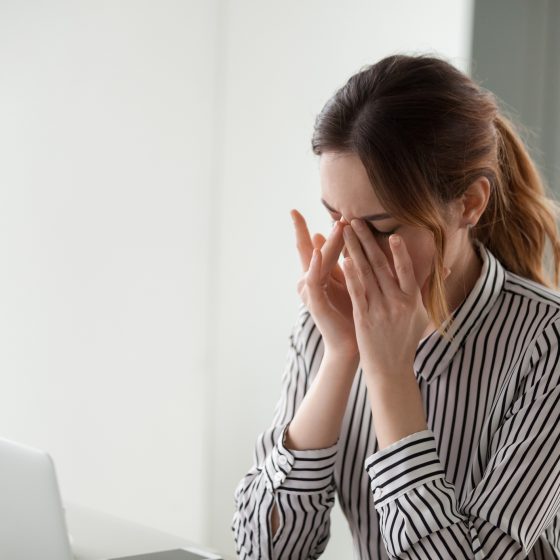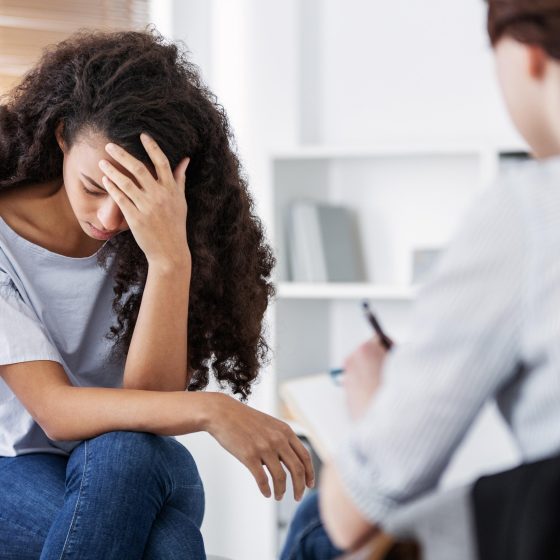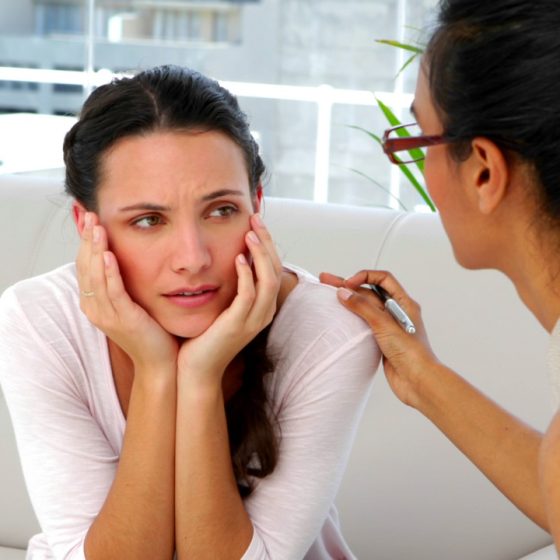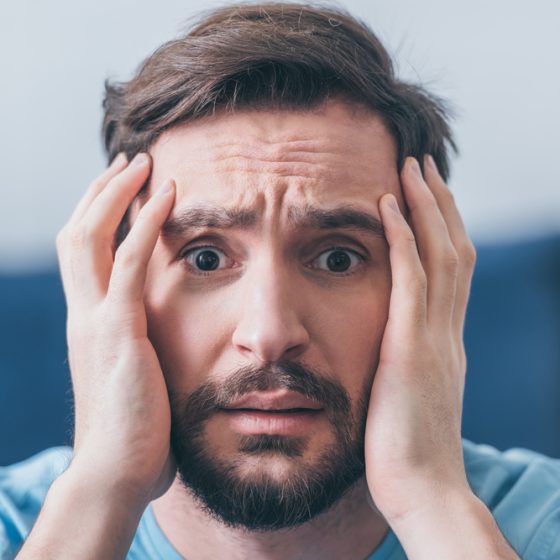Panic attacks and panic disorder
The terms anxiety, anxiety attack, panic attack and panic disorder are often used interchangeably to describe the physical and mental symptoms that go with nervousness, intense fear, dread and discomfort. But these are distinct conditions set apart by their features, and they can be diagnosed by mental health professionals. What is a panic attack? A panic attack is a single episode of an overwhelming feeling of intense fear and anxiety. It comes on as a sudden rush, with physical symptoms and frightening thoughts. If you have a panic attack, you might have a racing heart and palpitations.You might have pain in







